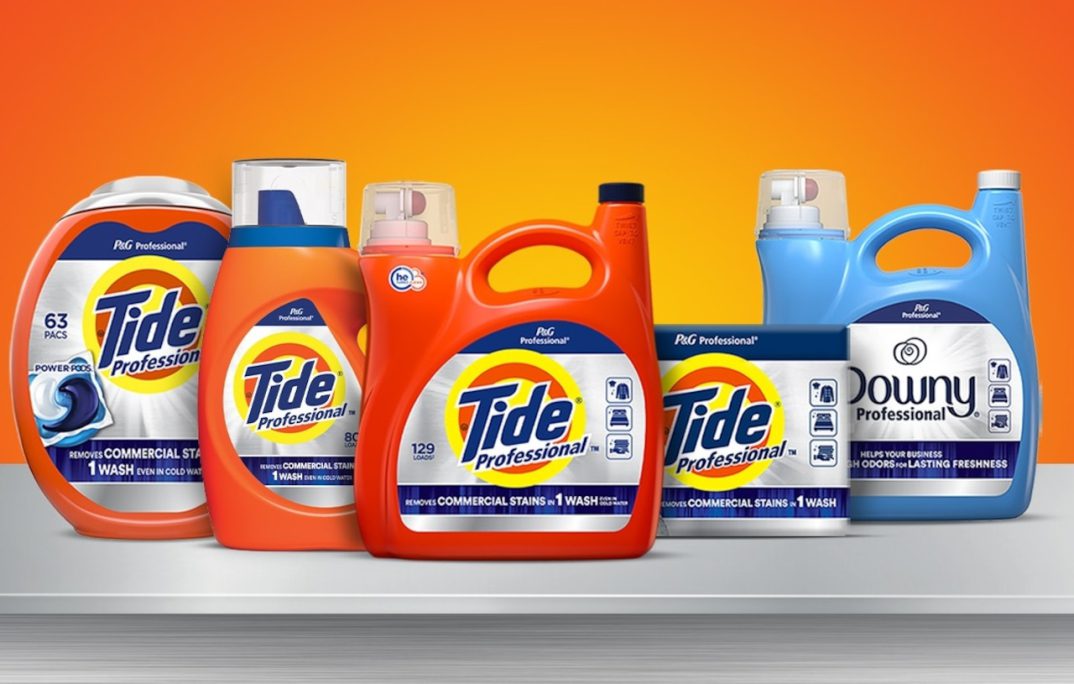Laundry is a part of everyone’s life in some way; whether you go to a laundromat or wash your clothes at home, we all have to find ways to keep our clothes clean. This week, I want to encourage you to observe your own laundry habits so that you can improve and optimize the way you handle these tasks.
I want to mention that I learned many of these tips from a guest appearance of The Laundry Evangelist, Patric Richardson on the “Am I Doing It Wrong?” podcast. Now, let’s discuss ways you can save money and take the utmost care of your garments.
Some hard truths
First and foremost, I have some difficult truths to get out of the way. Some of these are age-old misconceptions that most of us have believed at one time or another, but it’s time to set the record straight.
First of all, sorting your clothes does make a difference. It extends the longevity of your clothing by quite a bit. Sorting your clothes by color and optimal wash temperature will make your clothes last a lot longer, which means you don’t need to spend money to buy new clothes for a longer period.
It’s also vital to use just the right amount of detergent – using too much will gunk up your clothing with residue. Also, use gentle detergents; strong scents and intense cleaning chemicals aren’t necessary for your normal laundry loads and will wear out the fabric faster. Only use stronger soaps for stained items, and always pre-treat stains and treat them as fast as possible. The same goes for dryer sheets. Using too many dryer sheets will negatively impact how your towels absorb water; in fact, wool dryer balls (or, if you’re allergic to wool, tennis balls) are more efficient in drying your clothes and reducing static, and aren’t single use.
On the note of stains, make sure you’re treating stains differently based on the type of stain it is. Protein stains, such as drops of blood, can only be pre-treated with cold water before you wash them. If you use hot water on protein stains, you’ll set the stain further. For these types of stains, use hydrogen peroxide, cold water, and gently work out the stain with a clean brush. For other types of stains, generally, diluted white vinegar and a clean brush is a good way to go that’s gentle on your clothes. Don’t wait to treat your stains; the longer they sit, the deeper they set. Make sure to research how to get specific stains out of your clothes.
Let’s talk cycles and temperature
Next, let’s discuss what cycles to use and on which temperatures. Generally speaking, using the quick cycle (sometimes called ‘eco’, sometimes called ‘express’, it depends on your washer) is the way to go. Washing your clothes for hours isn’t necessary to get them clean; it just wastes water and wears out your clothing. You can almost always wash your clothes on this cycle.
In general, don’t wash your colors on hot. This also wears out your clothing and is completely unnecessary when it comes to cleaning the clothes; the detergent cleans your clothes, not the water temperature.
The one exception to this is when you’re washing your whites. Washing whites on hot is way more efficient than washing them on cold. They’ll actually become brighter and whiter in a small fraction of the time than if you wash them with cold water.
Other notable tips
Avoid overloading your washing machine; your clothes won’t come out optimally clean, and it can cause the machine to wear out much faster. Also, make sure you’re always checking and following the care instructions on all of your clothing. This is a crucial part of sorting and will definitely elongate the lifespan of your clothes.
Now, let’s discuss washing your washing machine itself. This is another crucial step in keeping everything about your laundry habits optimized. Ideally, a quick wipe down of your washer drum and door after every wash is a good idea. This will prevent mildew from growing in your washer. Once a month, run your washer’s self-cleaning cycle with some baking soda. If you smell mildew, add some bleach as well and then start wiping it down after every cycle afterward.
Remember to take out your detergent drawer (if you have one) often to clean it out to prevent residue build up in your machine. Also, after wiping down the drum and cleaning out your detergent drawer, leave them open for a couple of hours to air out and dry. This will also prevent mold and mildew.
Final thoughts
At the end of the day, these tips are just the tip of the iceberg when it comes to cleaning your clothes with the utmost care and efficiency. After recently debunking my own personal misconceptions about doing laundry (and how much I could save by adjusting my own habits), I wanted to share what I’ve learned with you. I highly encourage you to do more research and dive deeper into how to become a laundry expert! The amount of money you’ll save on buying new clothes and repairing old ones (and your washing machine) will be well worth the adjustment to your laundry routine.
Josh Elledge is a syndicated newspaper columnist with over 12 years of experience covering consumer advocacy. His work spotlights money-saving skills, strategic shopping and financial life hacks.




